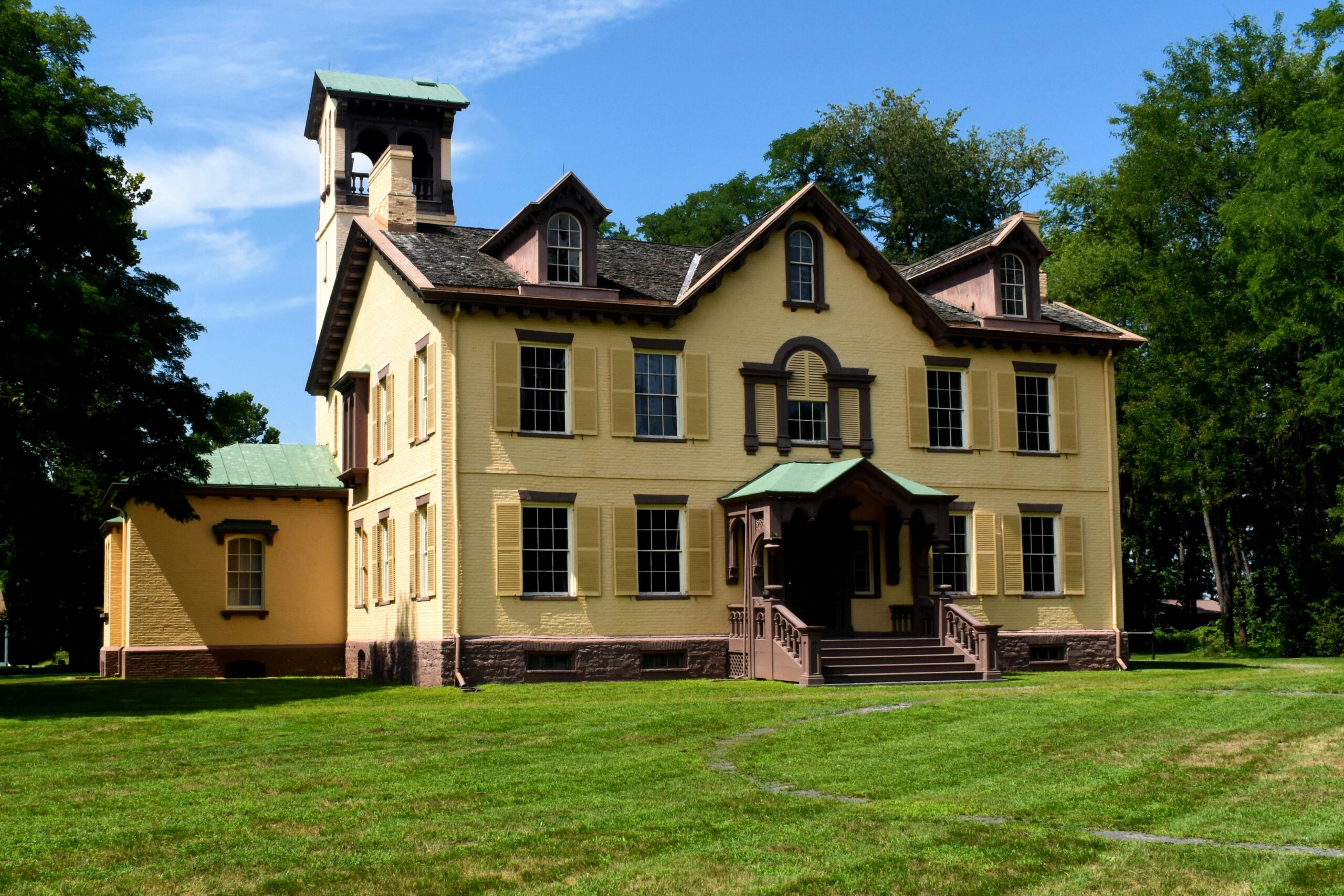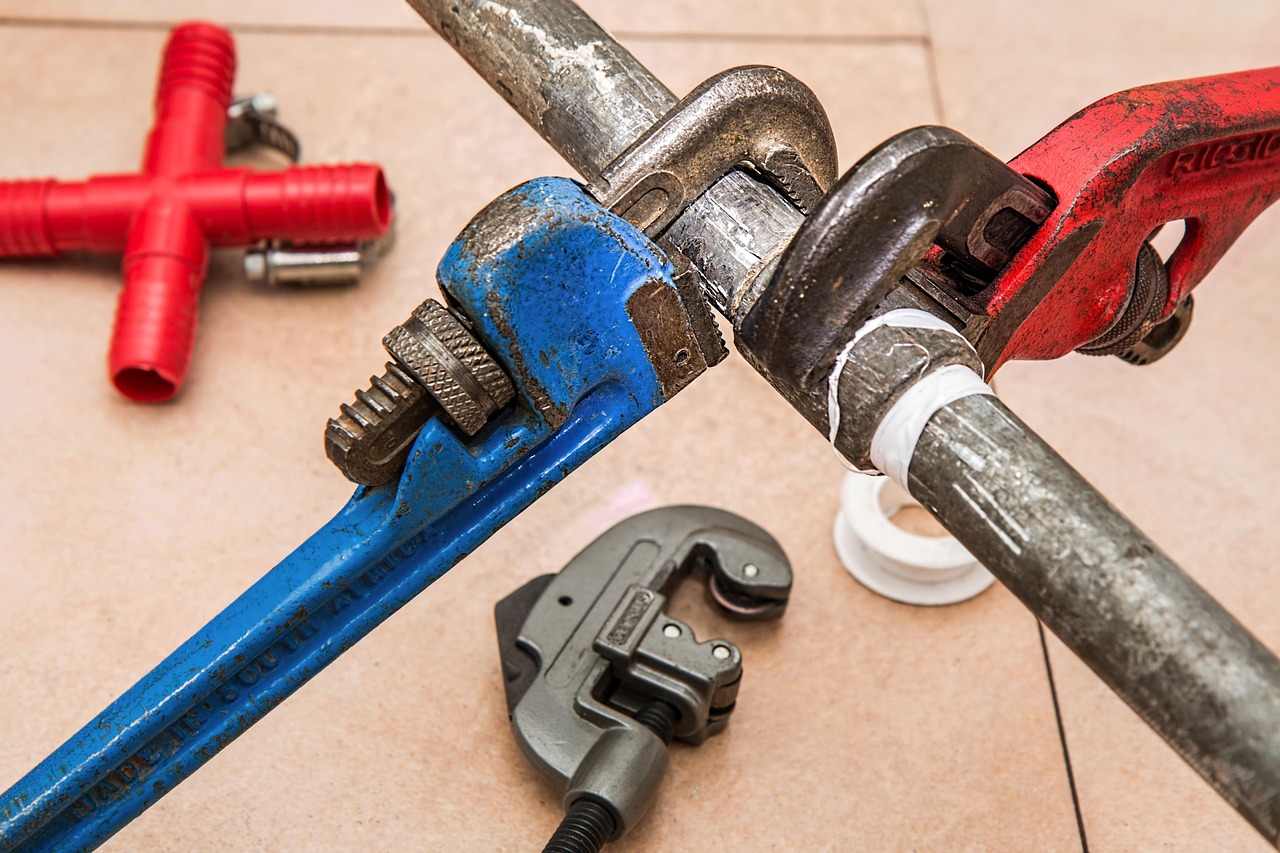In the evolving landscape of residential architecture, adaptive reuse has emerged as a compelling approach to creating unique living spaces while honoring our architectural heritage. This sustainable practice involves transforming abandoned or underutilized commercial, industrial, or institutional buildings into modern residential dwellings. Beyond preserving historic character and architectural significance, adaptive reuse reduces construction waste, decreases energy consumption, and revitalizes communities. This article explores the fascinating world of converting old buildings to homes and how this approach is reshaping our understanding of sustainable living spaces.
Understanding Adaptive Reuse Architecture
Adaptive reuse architecture represents more than just a design trend; it embodies a philosophy that respects the past while embracing the future. Unlike conventional renovation, which might maintain a building’s original purpose while updating its features, adaptive reuse fundamentally reimagines a structure’s function. Former factories, warehouses, schools, churches, and even water towers are finding new life as distinctive residential spaces. This approach acknowledges that the most sustainable building may be one that already exists, challenging architects and designers to work within established parameters rather than starting from scratch.
The practice of converting old buildings to homes requires a delicate balance between preserving original elements and introducing contemporary amenities. Successful adaptive reuse projects honor a building’s history by retaining character-defining features—exposed brick walls, industrial windows, timber beams, or even machinery—while introducing modern comforts and meeting current building codes. This juxtaposition of old and new creates visually striking spaces with depth and personality that newly constructed homes often struggle to achieve.
Environmental Benefits of Building Repurposing
Sustainable building repurposing stands as one of the most environmentally responsible approaches to residential development. When an existing structure is adapted rather than demolished, enormous amounts of embodied energy—the energy already invested in the original construction materials and processes—is conserved. According to various studies, repurposing an existing building can save between 50-75% of the embodied carbon compared to constructing a new building, even when the new structure is designed to be energy efficient.
The environmental advantages extend beyond energy conservation. Adaptive reuse significantly reduces construction waste, which accounts for approximately 40% of landfill content in many developed countries. By maintaining structural elements and incorporating existing materials, these projects minimize the extraction and manufacturing of new resources. Additionally, many historic buildings occupy central urban locations, which promotes walkability and reduces automobile dependence, further decreasing the carbon footprint of residents.
Challenges in Converting Commercial Spaces to Residential Use
While the concept of unique home conversions through adaptive reuse is appealing, the process involves substantial challenges. Building codes designed for residential occupancy differ significantly from those governing commercial or industrial spaces. Issues such as egress requirements, fire separation, accessibility standards, and ventilation systems often necessitate creative solutions from architects and engineers. Working with experts familiar with both historic preservation and modern building codes is essential for navigating these complexities, as recommended by AskHomey specialists in renovation projects.
The physical configuration of older structures may present limitations. Large, open industrial spaces might require innovative approaches to create private areas without sacrificing the building’s distinctive character. Environmental concerns, including potential contamination in former industrial sites or inadequate insulation in historic buildings, must be addressed to ensure safe, comfortable living environments. These challenges require specialized expertise and often result in higher initial costs, though the unique value created typically justifies the investment.
Preserving Historic Character While Embracing Modern Living
The most successful adaptive reuse projects achieve a harmonious balance between preserving historic character and meeting contemporary living expectations. This integration often becomes the defining feature of these unique homes. Original elements like freight elevators may be transformed into striking centerpieces, while factory windows provide abundant natural light. These authentic features tell stories that connect residents to the building’s past while creating visually compelling spaces impossible to replicate in new construction.
Creating a successful conversion requires thoughtful consideration of which elements to preserve, restore, or highlight. Sometimes, the most unexpected features—mechanical equipment, signage, or even industrial infrastructure—become the most cherished aspects of these homes. The goal isn’t to create a museum-like recreation of the past but to respectfully acknowledge a building’s history while adapting it to contemporary lifestyles. This approach to preserving historic character creates homes with authentic personality, where every brick, beam, and architectural detail contributes to a unique narrative.
The Future of Adaptive Reuse in Residential Architecture
As urban centers continue to evolve and housing needs change, adaptive reuse architecture will likely play an increasingly important role in creating sustainable, character-rich housing options. Cities across the world are recognizing the value of repurposing underutilized buildings not only for environmental reasons but also for their potential to create vibrant, diverse neighborhoods. Many municipalities now offer incentives, tax benefits, and streamlined approval processes for adaptive reuse projects, acknowledging their contribution to both cultural preservation and housing solutions.
For homeowners and developers alike, converting old buildings to homes represents an opportunity to create truly one-of-a-kind living spaces that stand apart in increasingly homogenized housing markets. As our collective appreciation for authentic, sustainable living environments continues to grow, so too will the creative approaches to breathing new life into the buildings that have shaped our communities for generations.
For more tips and to connect with reliable home service professionals, follow AskHomey on Facebook and Instagram.



